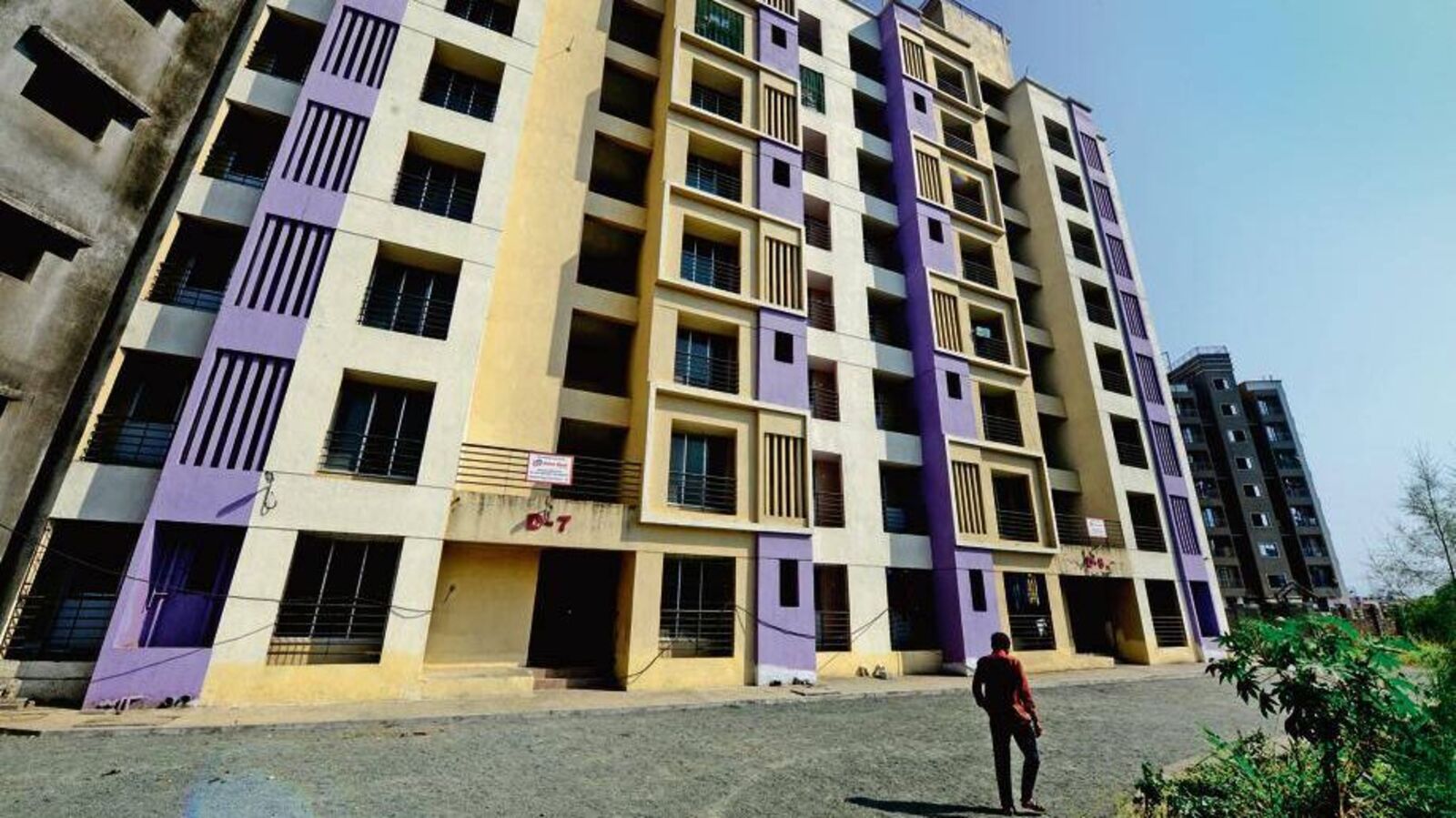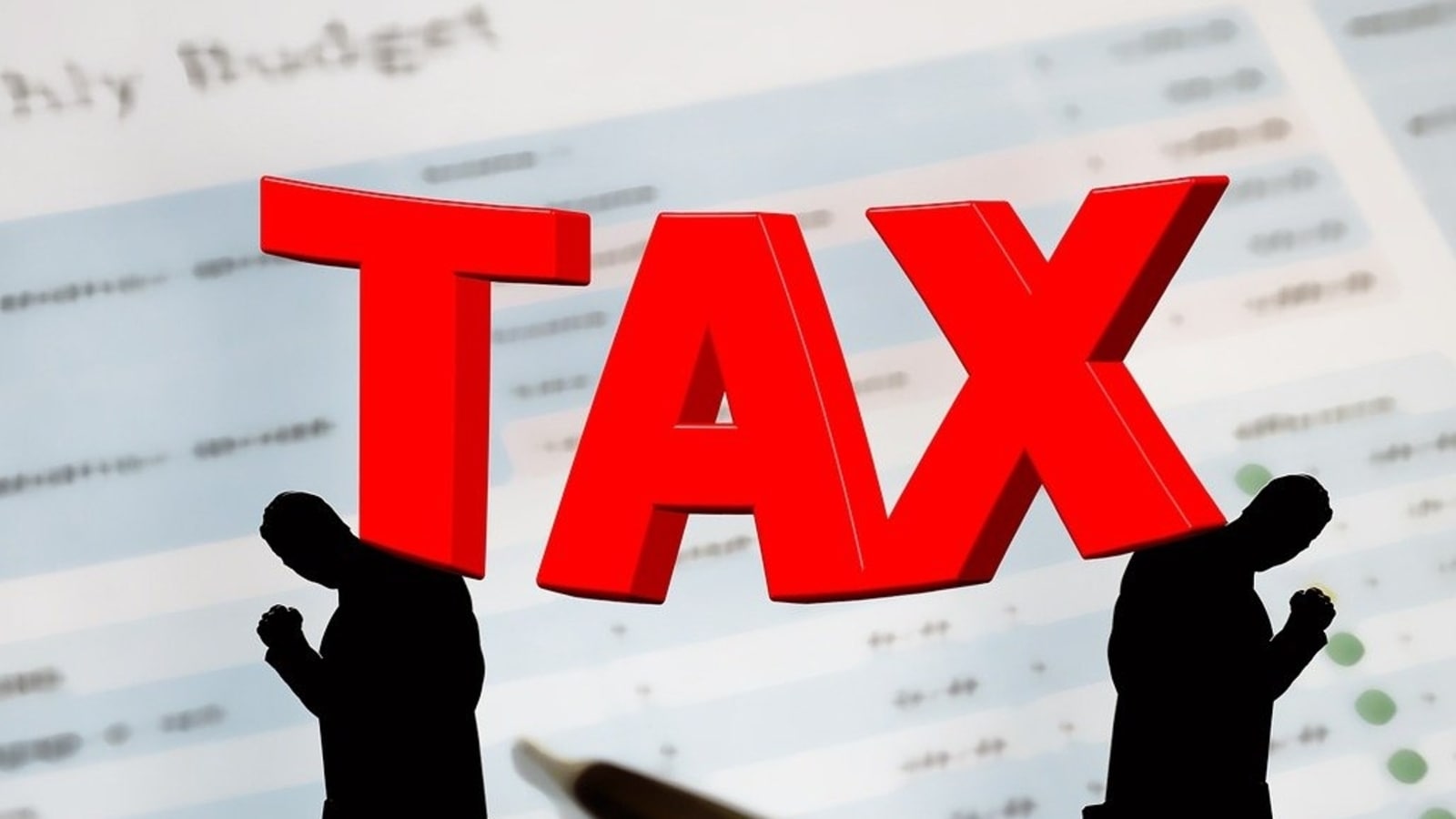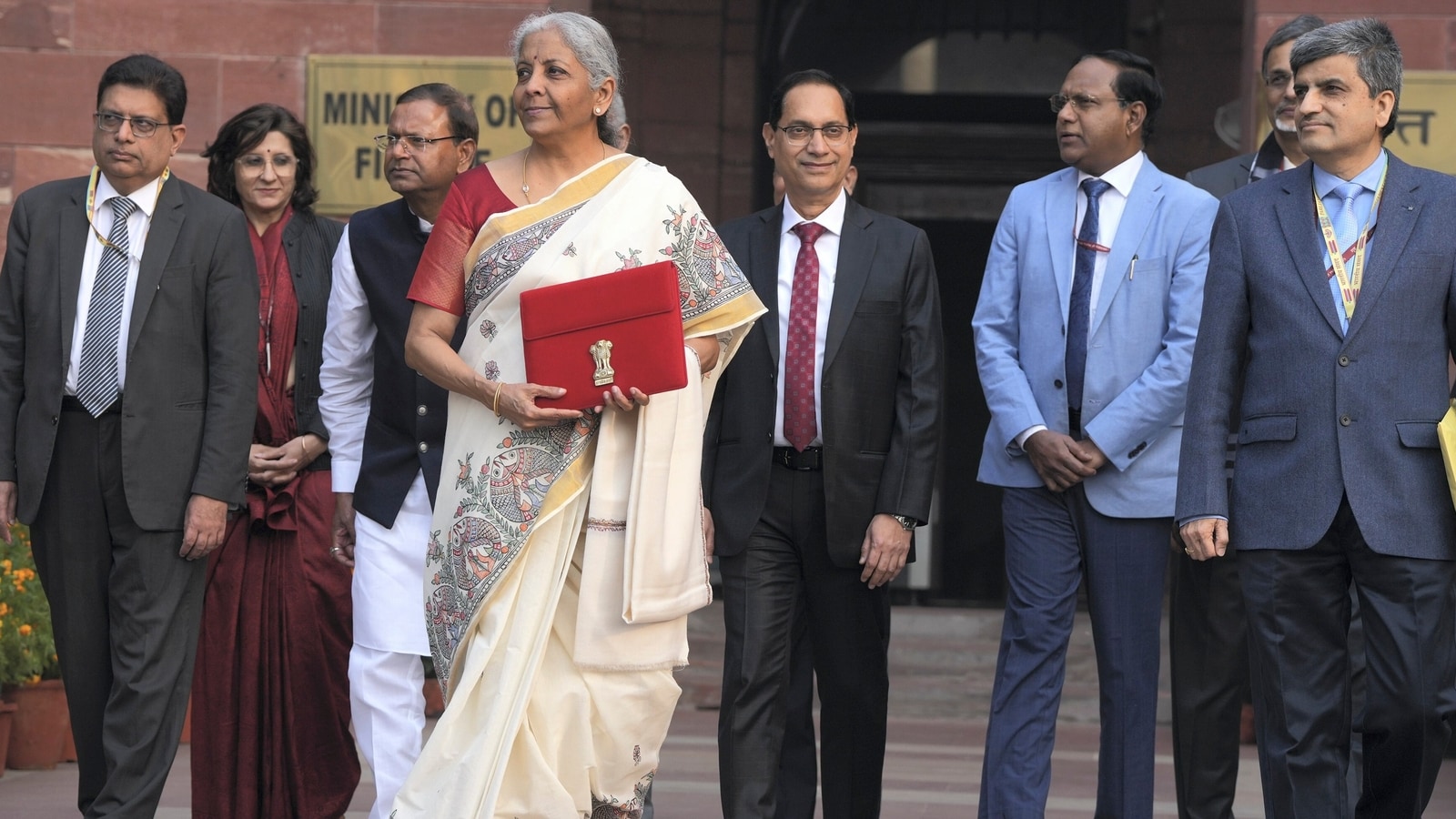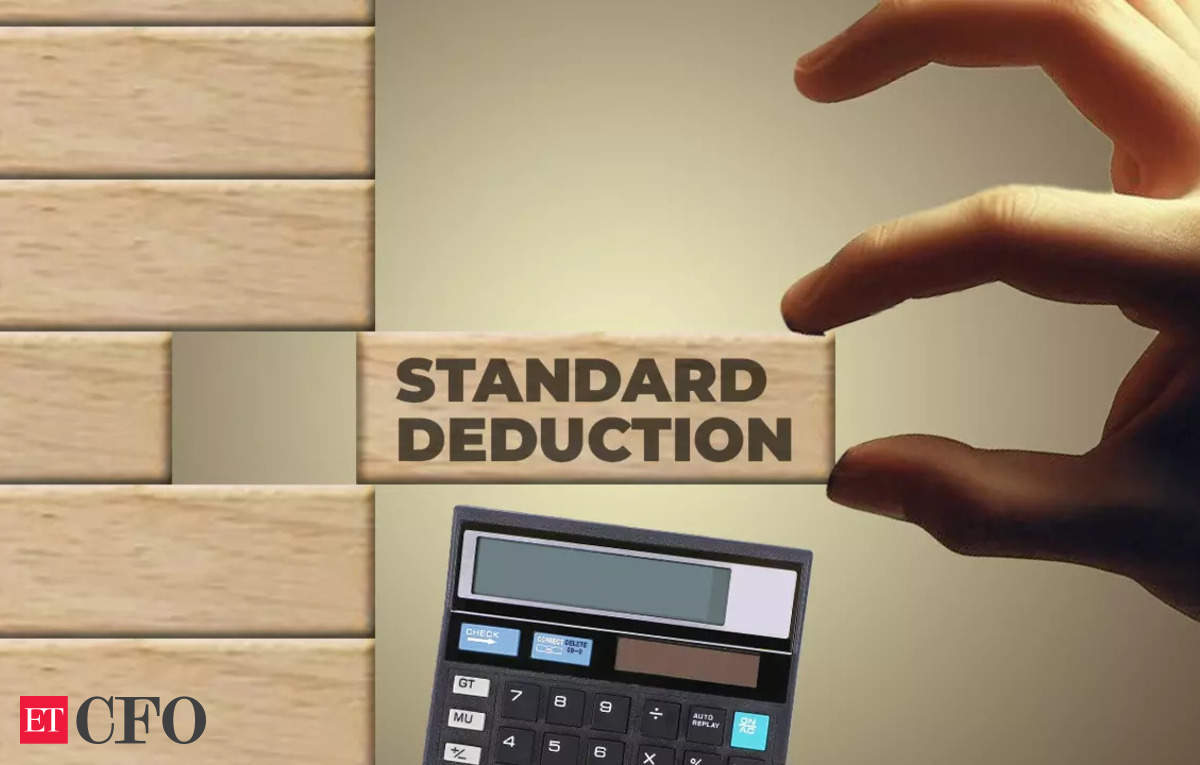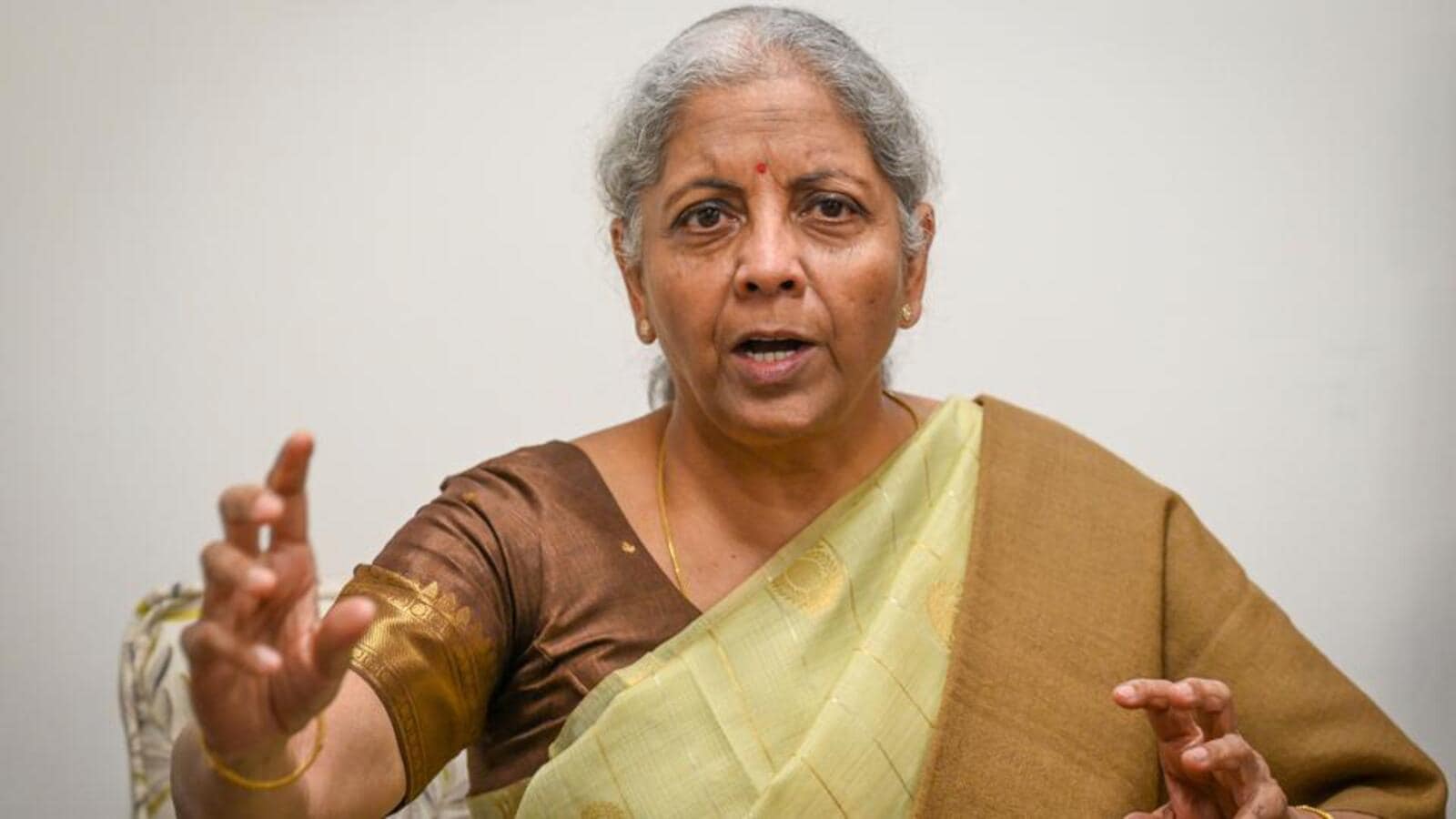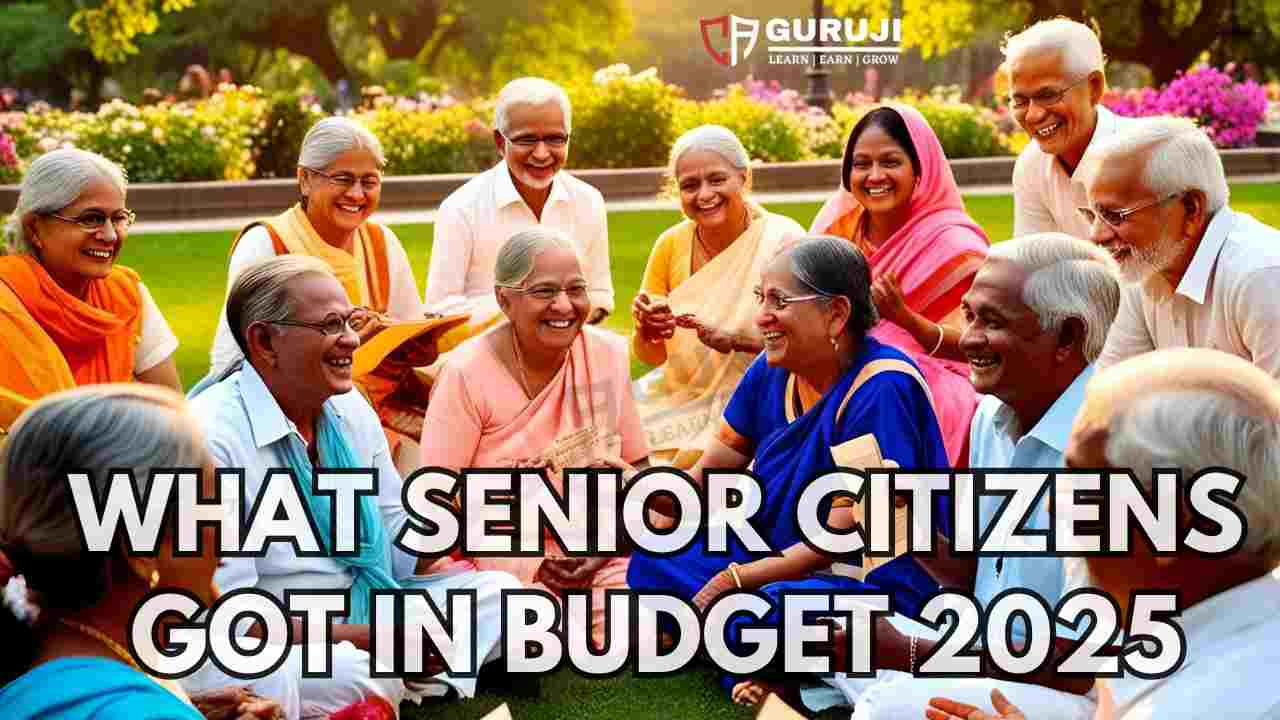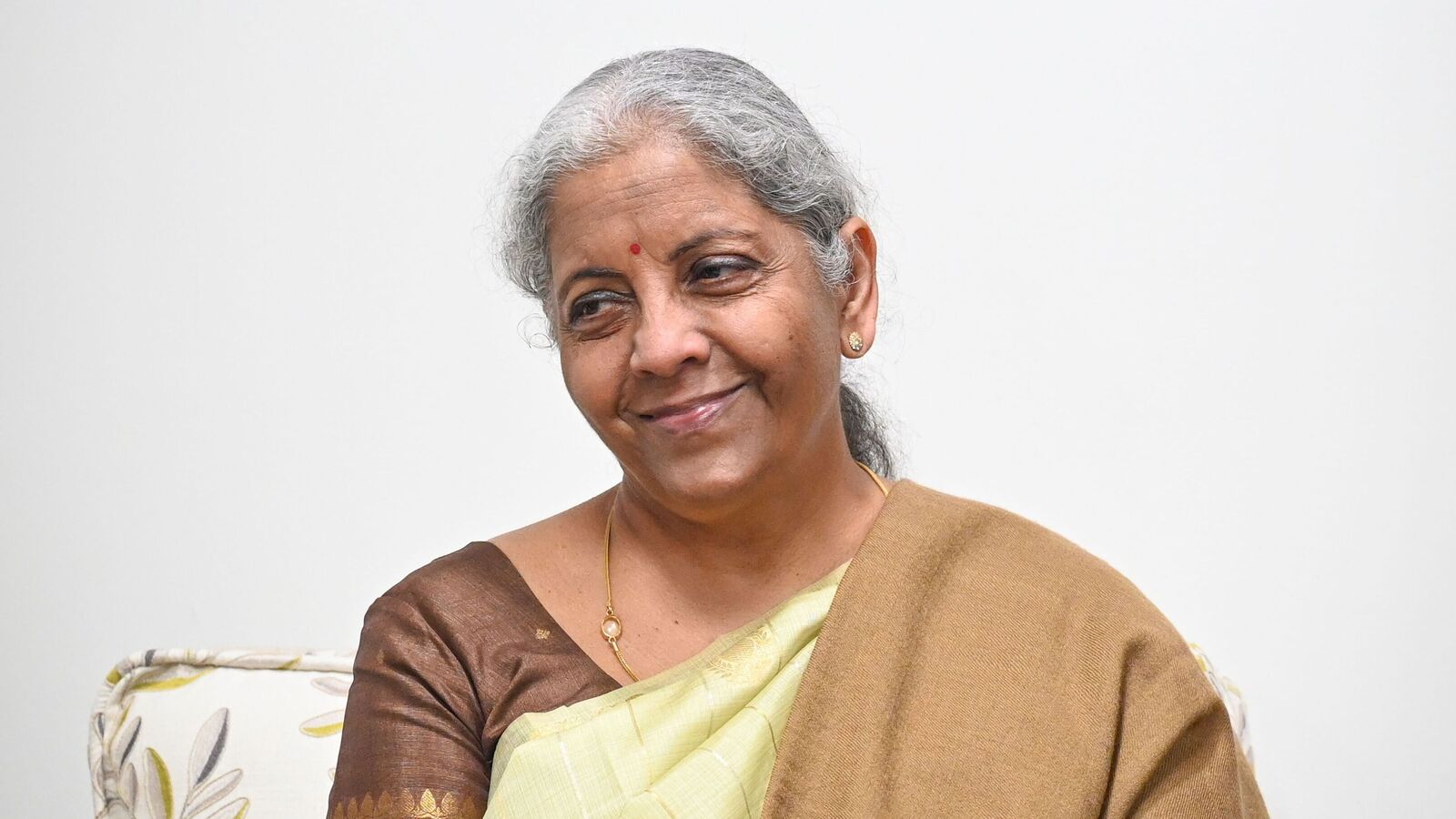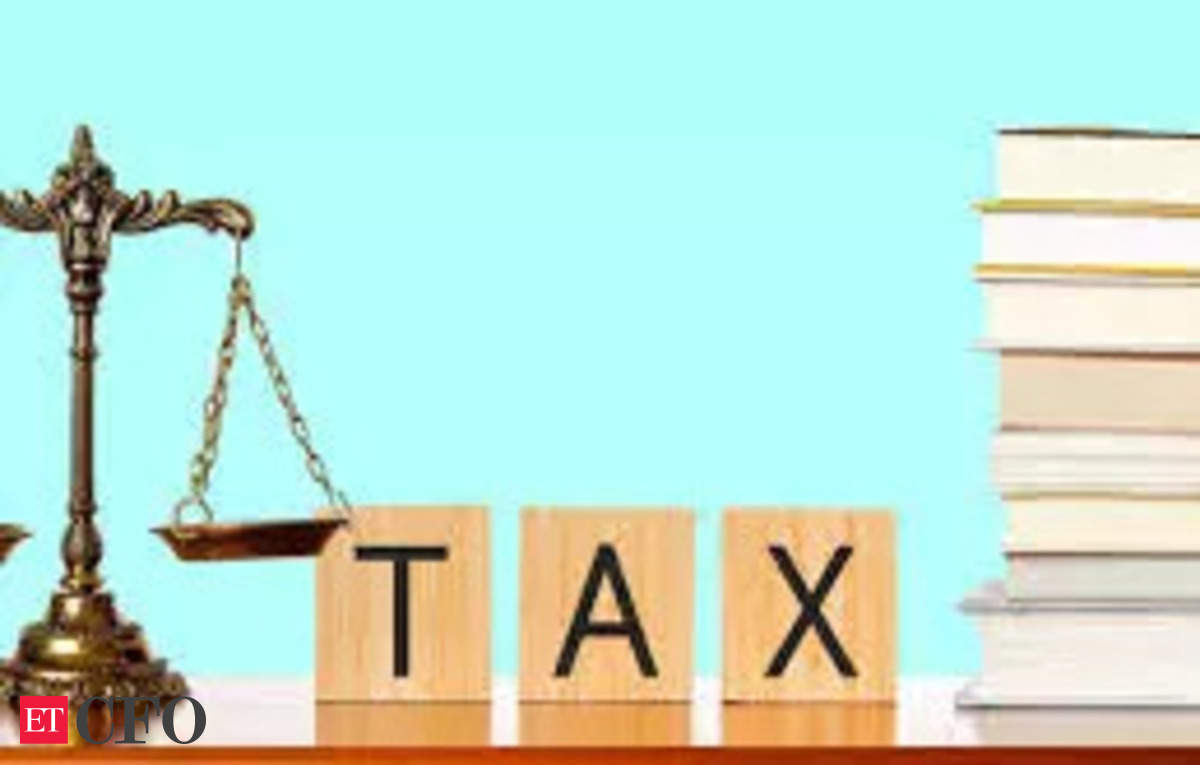Recently, Live mint reported that the EMI-to-income ratio for households across major Indian cities improved significantly since 2019, and even bettered further in 2023 compared to the previous year. This indicates that the monthly chunk of income going towards mortgage payments has shrunk, making homeownership a more realistic proposition for a larger segment of the population, according to the Knight Frank Affordability Index.
What did experts say?
In an impetus to achieve the target of ‘housing for all’, the National Real Estate Development Council (NAREDCO) suggested to the finance ministry the creation of the second tranche of the Special Window for Affordable and Mid-Income Housing (SWAMIH) fund with a corpus of ₹50,000 in the Union Budget 2024-2025.
There is widespread anticipation that the residential sector will get industry status, which could unlock financial advantages and streamline project approvals, according to Sudhir Pai, CEO of Magicbricks.
“The government should raise the cap on the affordable housing segment. It will help attract more buyers into this category. Now, the upper limit or ceiling is ₹45 lakh, which is quite inadequate against the backdrop of high inflation and rising commodity costs. It will help expand the scope of the sector and achieve the government’s mission of Housing for All,” said Ravi Subramanian, MD and CEO of Shriram Housing Finance Ltd.
The Centre must increase its allocation to the Pradhan Mantri Awas Yojana (PMAY), which has the potential to unleash heightened economic activity in the rural economy. In FY24, the allocation was ₹79,000 crore. In FY23, it was ₹48,000 crore. Every year, we see a substantial jump in the allocation to this category. The demand for housing is so strong in the village economy that it will have a strong bearing on the lives and living standards of the rural people, as per Subramanian.
In 2023, housing sales in the top seven cities, as reported by Anarock, reached a new peak, surpassing the previous high of 2022.
Subramanian said that this positive trend in the residential real estate sector called for increased tax incentives, particularly the extension of deductions for principal repayment to second-home buyers. Additionally, the recommendation to link interest exemptions on home loans to the inflation-adjusted cost of home purchase was made to further support the real estate market and enhance affordability for potential homebuyers.
“Given the impetus to grow the affordable housing segment, the government can mandate a stamp duty rate of 1% across the country for this segment,” said Gaurav Seth, CFO of IIFL Home Finance Ltd.
“The government can provide tax holidays and allocate land parcels for the development of this housing segment,” Seth further added.
“We propose an increase in the tax rebate on home loan interest under Section 24 of the Income Tax Act. Raising the current limit from ₹2 lakh to ₹4 lakh could be a game-changer, helping to sustain the current strength in demand,” said Dhruv Agarwala, Group CEO, Housing.com, Proptiger.com and Makaan.com.
Emphasising focus on tax, Shruti Gonsalves, MD, CEO & Co-founder, Sitara said a thoughtful reduction in GST rates for the real estate sector would not only make homes more affordable but also spark increased demand.
The metro city’s budget can be increased to around ₹70-75 lakh. Adjusting these limits would make more homes accessible to a broader range of buyers, enabling them to benefit from government subsidies and reduced GST rates, said Atul Monga, CEO and Co-Founder of BASIC Home Loan.
Another significant expectation is the release of government-owned land for affordable housing. This move would address the land shortage in this crucial housing segment and potentially lower real estate prices overall, Monga opined.
“We anticipate that the prime minister’s vision of ‘Housing for All’ will continue to be prioritised to provide the supply-side stimulus and boost end-user demand,” said Pushpender Singh, MD, JMS Group.
The finance minister will present the Interim Budget in a joint sitting of the Rajya Sabha and Lok Sabha with no major announcements as the elections for the Lok Sabha are due this year.
“The whole budget for the financial year FY 24-25 will be unveiled in July following the election of a new government. Policies that could boost market sentiment and give the economy more momentum are unlikely to be announced in the February 1 budget,” said Nitesh Kumar, MD & CEO of Emami Realty Ltd.
Kumar is expecting the spending to increase in PM Awas Yojana to promote urban infrastructure development. To substantially improve regional air connectivity, the government intends to resurrect more airports, helipads, and water aero drones along with the construction of roads, railroads, ports, and highways.
To sustain growth and attract buyers, the government is expected to introduce schemes and perks, particularly benefiting the affordable housing market in rural and semi-urban areas, according to HP Singh, CMD, Satin Housing Finance Limited.
Visit www.cagurujiclasses.com for practical courses
